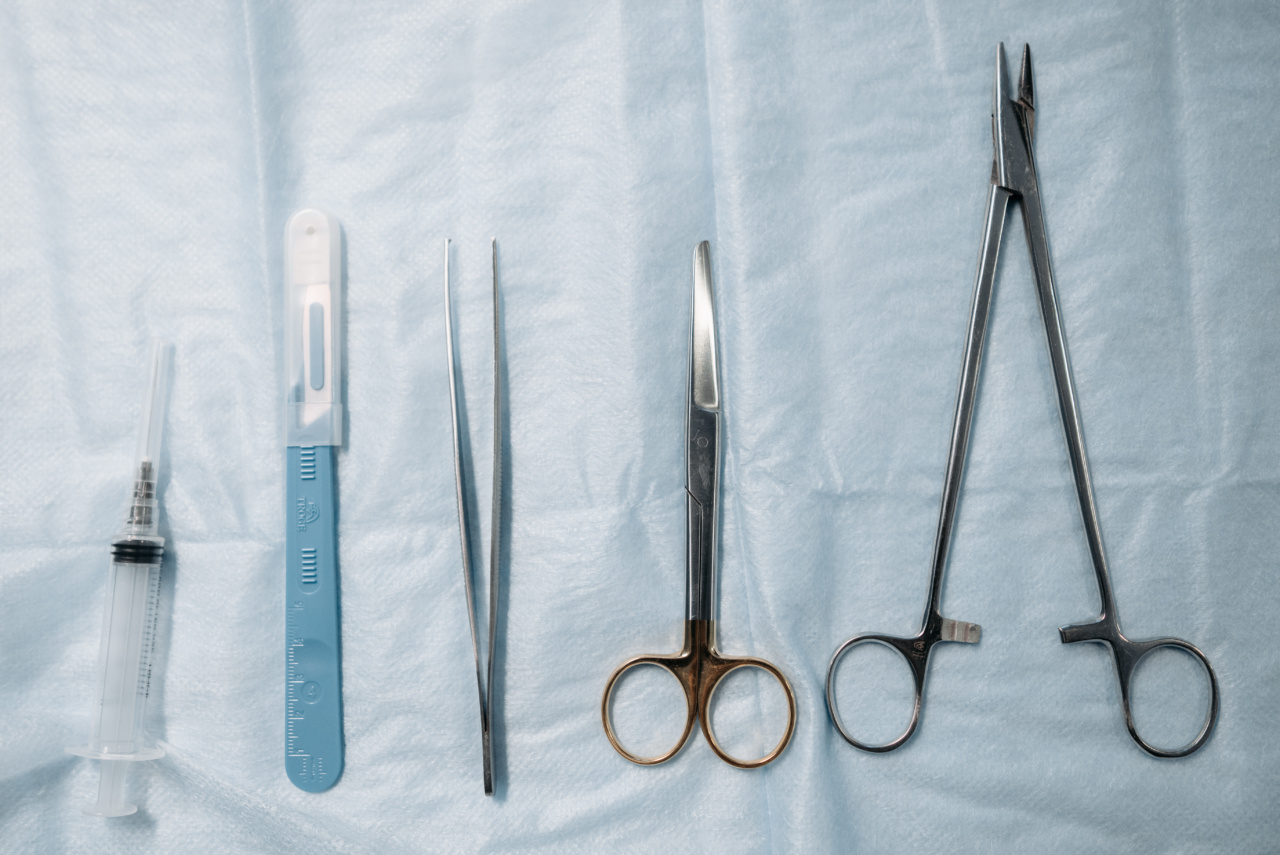Gynecomastia is a common condition in which males develop enlarged breast tissue. This condition can be embarrassing and uncomfortable for men of any age.
While gynecomastia may be caused by hormonal imbalances, certain medications, or genetics, the good news is that there are effective treatment options available. In this article, we will explore these treatment options and provide insights from a plastic surgeon.
What is Gynecomastia?
Gynecomastia is a medical term used to describe the enlargement of male breast tissue. This can result in the appearance of breasts in men. It can occur in one or both breasts and can affect males of any age.
While gynecomastia is not harmful, it can cause emotional distress and self-consciousness.
What Causes Gynecomastia?
The most common cause of gynecomastia is a hormonal imbalance. This can occur during puberty or later in life. Hormonal changes can result from a variety of factors including medication use, steroid use, certain medical conditions, or obesity.
In some cases, the cause of gynecomastia is unknown.
Diagnosing Gynecomastia
If you are experiencing enlarged breast tissue, you should see a doctor or plastic surgeon for a diagnosis. Your doctor will perform a physical exam and ask about your medical history.
In some cases, blood tests or imaging tests may be necessary to determine the cause of your gynecomastia.
Treatment Options for Gynecomastia
There are several treatment options available for gynecomastia. These include medications, hormone therapy, liposuction, and surgical excision. The appropriate treatment for you will depend on the cause and severity of your gynecomastia.
Medications
Medications are often the first treatment option for gynecomastia. These may include selective estrogen receptor modulators (SERMs) or aromatase inhibitors.
These medications work to reduce the amount of estrogen in the body and can help to reduce breast tissue in males.
Hormone Therapy
Hormone therapy may be recommended in cases where gynecomastia is caused by a hormonal imbalance. This may involve testosterone replacement therapy or other hormonal treatments.
Hormone therapy can help to balance hormone levels in the body and reduce the size of breast tissue in males.
Liposuction
Liposuction may be a treatment option for gynecomastia when excess fat is the cause of breast enlargement. During liposuction, a plastic surgeon will use a small incision and a suction device to remove excess fat tissue.
This procedure is minimally invasive and has a short recovery time.
Surgical Excision
Surgical excision is the most invasive treatment option for gynecomastia. This procedure involves the removal of breast tissue and may be necessary in cases where other treatments have been unsuccessful.
During surgical excision, a plastic surgeon will make an incision in the breast area and remove excess tissue. Recovery time for this procedure can be several weeks.
Choosing a Plastic Surgeon for Gynecomastia Treatment
If you are considering gynecomastia treatment, it is important to choose a qualified plastic surgeon who has experience in treating this condition. Your plastic surgeon should be board-certified and have a history of successful gynecomastia treatments.
You should also feel comfortable with your plastic surgeon and feel that they understand your goals and concerns.
Conclusion
Gynecomastia can be embarrassing and uncomfortable, but there are effective treatment options available. It is important to consult with a doctor or plastic surgeon for a diagnosis and to discuss your treatment options.
While medications and hormone therapy can be effective for some patients, liposuction or surgical excision may be necessary in more severe cases. With proper treatment, gynecomastia can be effectively treated, and patients can regain their confidence and comfort.





























